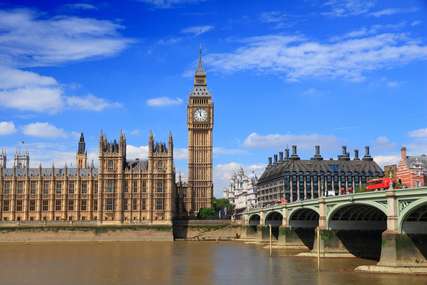


Europe
Around The World
/
Europe
Europe, a tapestry of 44 countries, extends from the Arctic Circle to the Mediterranean Sea, presenting an incredible variety of landscapes from the Norwegian fjords to the sun-drenched Greek islands. The climate across the continent varies dramatically, with chilling Nordic winters contrasting with mild Mediterranean summers, while the temperate heart of Europe experiences four distinct seasons.
What truly sets Europe apart is its unparalleled density of cultural heritage. Within a matter of hours, travelers can encounter significant shifts in language, cuisine, and customs. Despite this diversity, the European Union has created a deeply interconnected travel experience, where crossing borders feels virtually seamless, particularly within the Schengen Area.
The continent's culinary scene is equally diverse, ranging from French haute cuisine to Italian pasta, Spanish tapas to German beer culture. Each region fiercely upholds its gastronomic traditions while warmly welcoming modern innovations. Historic cafes in Vienna, bustling food markets in Barcelona, and family-owned trattorias in Rome all contribute to the narrative of Europe's food heritage.
Among the must-visit destinations in Europe, France excites the imagination with its mix of elegance and bucolic charm. Paris continues to be the cultural epicenter of the continent, while the French countryside unveils authentic village life. Italy boasts an unparalleled fusion of art, architecture, and gastronomy, particularly in regions like Tuscany and the Amalfi Coast. The Nordic countries, particularly Denmark and Sweden, showcase progressive social principles and innovative design, enveloped in breath-taking natural surroundings.

Get to Know Europe
Take a tour of this destination's highlights
Top Sights in Europe
Inspiring Reads on Europe

Travel Tips for Europe
What you need to know before traveling here
Practical Tips for Europe
Things to prepare and best way to visit
The Schengen visa permits travel between 26 European countries for up to 90 days within a 180-day span. It's advisable to apply at least 15 days before travel through the embassy of your main destination country. It generally costs around €80, and you'll need proof of travel insurance and sufficient funds.
Peak tourism season runs from June to August, yet shoulder seasons (April-May and September-October) often provide better value, fewer crowds, and pleasant weather. Winter visits are ideal for activities like skiing and exploring Christmas markets, especially in Central Europe.
Your daily budget can fluctuate significantly depending on the region. For mid-range travel, you should budget around €100-150 per day in Western Europe, whereas Eastern Europe can be traversed on €50-70 daily. This includes accommodation, meals, and local transportation.
English is widely spoken in tourist hotspots and major cities, particularly in Northern Europe. Nevertheless, learning a few basic phrases in the local languages can be both appreciated and helpful, especially off the beaten track.
The Eurail Pass system connects the major cities efficiently. It's recommended to reserve high-speed trains in advance for better rates. Regional trains often don't require bookings and provide scenic routes.
See All Practical Tips for Europe

Get to Know Europe

Travel Tips for Europe

More to Explore

More to Explore
World is your limit in this journey, start by learning what each continent has to offer.












































 Facebook
Facebook Instagram
Instagram TikTok
TikTok Youtube
Youtube Telegram
Telegram
